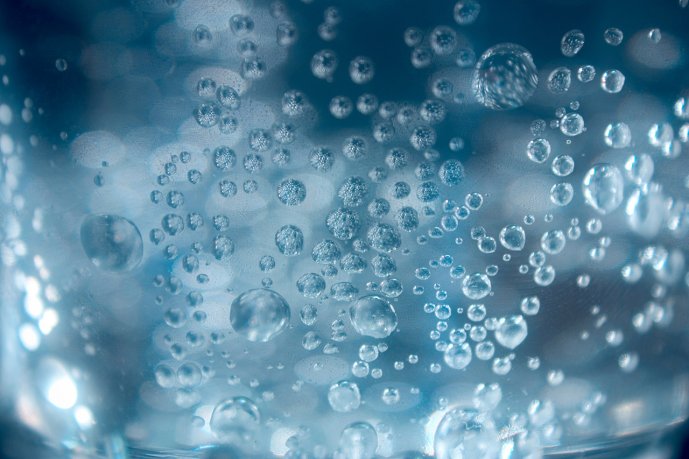
Void coefficient
For example, in a water cooled and moderated reactor, the bubbles represent regions with worse moderation capabilities. With reduced neutron moderation capability, the number of neutrons able to participate in further fission decreases and the fission reaction intensity decreases. (Source: © sg / stock.adobe.com)
A value indicating how the reactivity of a nuclear reactor will change after bubbles begin to appear in the liquid coolant or moderator, typically at the moment when the fluid boils. For a reactor that has neither moderator nor coolant in liquid form (e.g., a graphite-moderated, gas-cooled reactor), the void coefficient is zero. A negative void coefficient means that if the temperature in the primary circuit rises and the liquid starts to boil, the efficiency of the fission reaction will decrease, and as the fission rate decreases, the temperature will also decrease. In this way, the reactor regulates itself to an optimum state. A positive void coefficient means that a feedback loop is being created: a rise in temperature leads to a rise in reactivity, which leads to a further rise in temperature. With the exception of the no longer built RBMKs, all current reactors have a negative or very small positive void coefficient.
For example, in a water cooled and moderated reactor, the bubbles represent regions with worse moderation capabilities. With reduced neutron moderation capability, the number of neutrons able to participate in further fission decreases and the fission reaction intensity decreases. (Source: © sg / stock.adobe.com)




